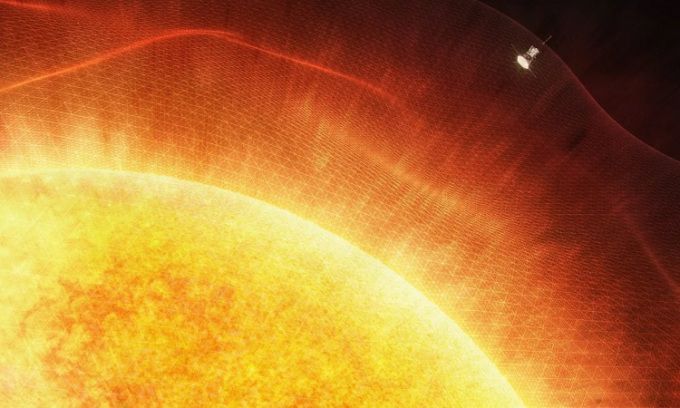Why is the Temperature of the Sun’s Atmosphere 200 Times Hotter than its Surface?
The extreme temperature difference between the outermost layer of the atmosphere and the surface of the Sun has been a longstanding challenge for astronomers. While few places in the Solar System are hotter than the star at its center, the very thin and twisted plasma threads in the outermost layer of the Sun’s atmosphere, known as the corona, can be much hotter than its surface. According to Jia Huang, a space scientist at the University of California, Berkeley, the corona can be heated to as much as 1.1 million degrees Celsius, while the surface of the Sun is only about 5,500 degrees Celsius. This temperature difference is called the coronal heating problem, and astronomers have been trying to explain it since the mid-19th century, according to Popular Science.
Solving this problem could help researchers understand the Sun, which is crucial for predicting space weather to protect humanity. Additionally, the Sun is the only star that humans can send spacecraft to explore, which can help us learn more about other stars in the universe.
During the total solar eclipse of 1869, when the Sun, Moon, and Earth were aligned, scientists were able to observe the faint corona. Their observation revealed a feature in the corona that was believed to be evidence of a new element, called coronium. However, a new quantum mechanical hypothesis more than 60 years later revealed that this “new element” was actually iron heated to higher temperatures than the surface of the Sun.
This new explanation of the 1869 measurement is the first evidence of the extreme temperature of the corona, which has led to decades of research to understand why the plasma is heated to such high temperatures and where the energy in the corona comes from. “We know for sure that the problem has not been solved, despite having many hypotheses, and the entire astronomical community is actively seeking ways to explain it,” Huang shared. Currently, there are two main hypotheses about how energy from the Sun heats the corona: wave motion and a phenomenon called nanoflares.
The surface of the Sun boils like a pot of water, creating a very strong magnetic field due to plasma convection. This magnetic field can move and oscillate in a special type of wave called an Alfvén wave, which pushes protons and electrons up above the surface of the Sun. Astronomers believe that the electrically charged particles that are stirred up by Alfvén waves can transfer energy to the corona, but the mechanism is still not fully understood.
Hits: 0








